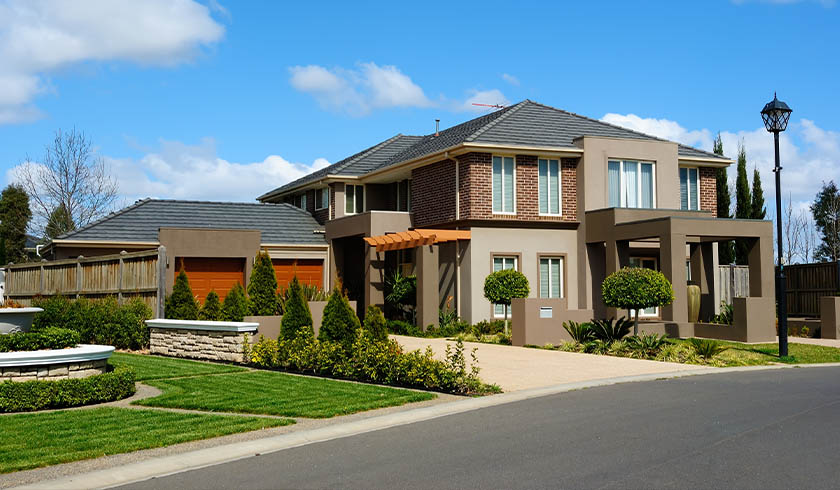Top end of town driving market rebound
The premium end of Sydney and Melbourne’s housing markets is driving a rebound in the property market, according to CoreLogic.

The higher end of the property market is driving the strongest capital gains in the Sydney and Melbourne property markets after recording the largest losses during the recent housing market downturn, research showed.
To continue reading the rest of this article, please log in.
Create free account to get unlimited news articles and more!
The CoreLogic Property Pulse revealed that values rose 4.2 per cent in Sydney and 4.6 per cent in Melbourne over the September quarter across the top quartile “prestige” end of the property market.
Interestingly, this sector also recorded the largest decline during the housing market slump, with Sydney’s top quartile properties remaining 13.6 per cent below their previous peak, while Melbourne’s top quartile properties are still 11.9 per cent below their peak.
CoreLogic head of research Tim Lawless said the performance of the housing market can vary not only from region to region but also across the different product type and value ranges.
“Splitting the market into quartiles can provide a better understanding of which sectors are firing and which ones are lagging,” Mr Lawless said.
The report has split the market into the lower quartile, middle of the market, and upper quartile.
The upper quartile has been more resilient to falling values in Perth as well. While each of the broad valuation cohorts has recorded a sustained drop in values, the decline has been less severe across Perth’s top quartile where values are down 16.5 per cent since peaking, compared with a 27.8 per cent decline across the lower quartile.
Canberra’s upper quartile housing is the only broad housing segment across the capital cities where values were at a record high at the end of the September quarter. Values rose across all three quartiles in the country’s capital, but it was the upper quartile which recorded the biggest rise.
Darwin, which has been struggling since 2014, recorded a subtle increase in housing values in the lower and middle quartiles of 0.3 per cent and 1 per cent, respectively, in the September quarter. However, the upper quartile continues to record heavy losses, with a loss of 4.1 per cent.
“All three of the broad valuation cohorts have recorded material declines in values since peaking, demonstrating the broad-based declines across Darwin’s housing market,” Mr Lawless said.
Brisbane’s middle and lower-priced segments of the market were more resilient to falls than the top end. In the September quarter, the middle and lower-valued properties rose in value by 0.8 per cent and 0.7 per cent, respectively.
Adelaide recorded its largest decline over the quarter in the top quartile, down 1.2 per cent but showed more resilience in the more affordable end of the market.
Hobart has been one of the strongest markets over the past few years, but affordability constraints are increasing. The lower quartile properties recorded better performances relative to higher end properties, and saw a 1.4 per cent rise in housing values over the September quarter.
“The different performances of the housing market across broad valuation groups highlighted how diverse conditions can be below the surface,” Mr Lawless said.
“Factors such as housing affordability, lending policies, market cycles and local economic and demographic conditions can have a significant bearing on market activity.”



